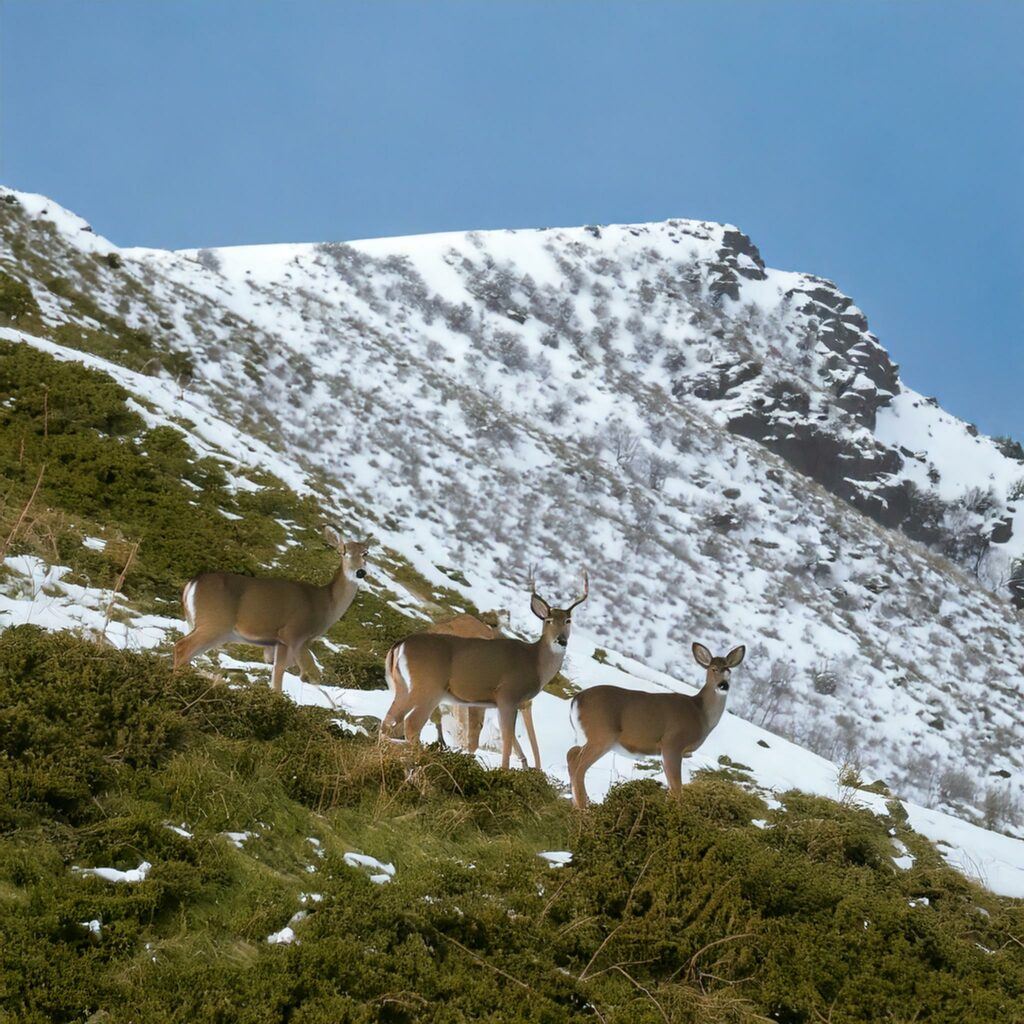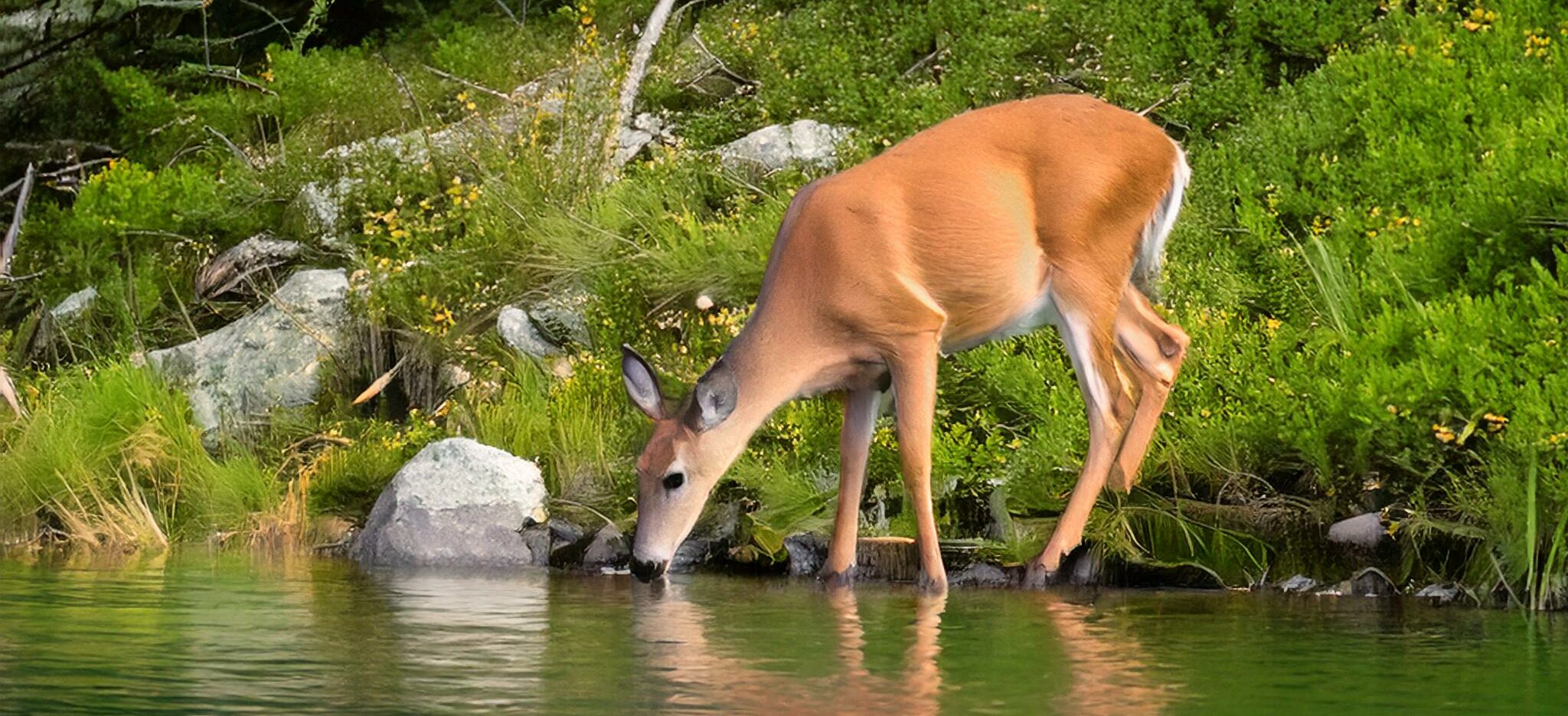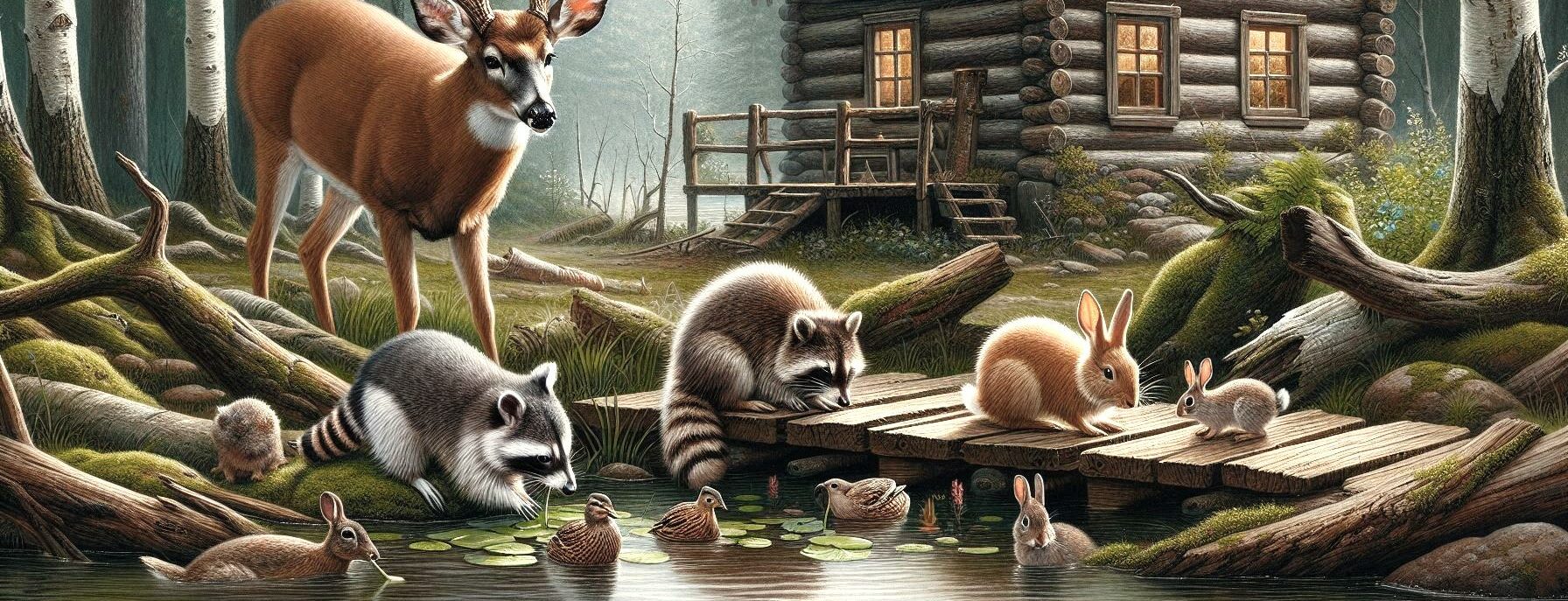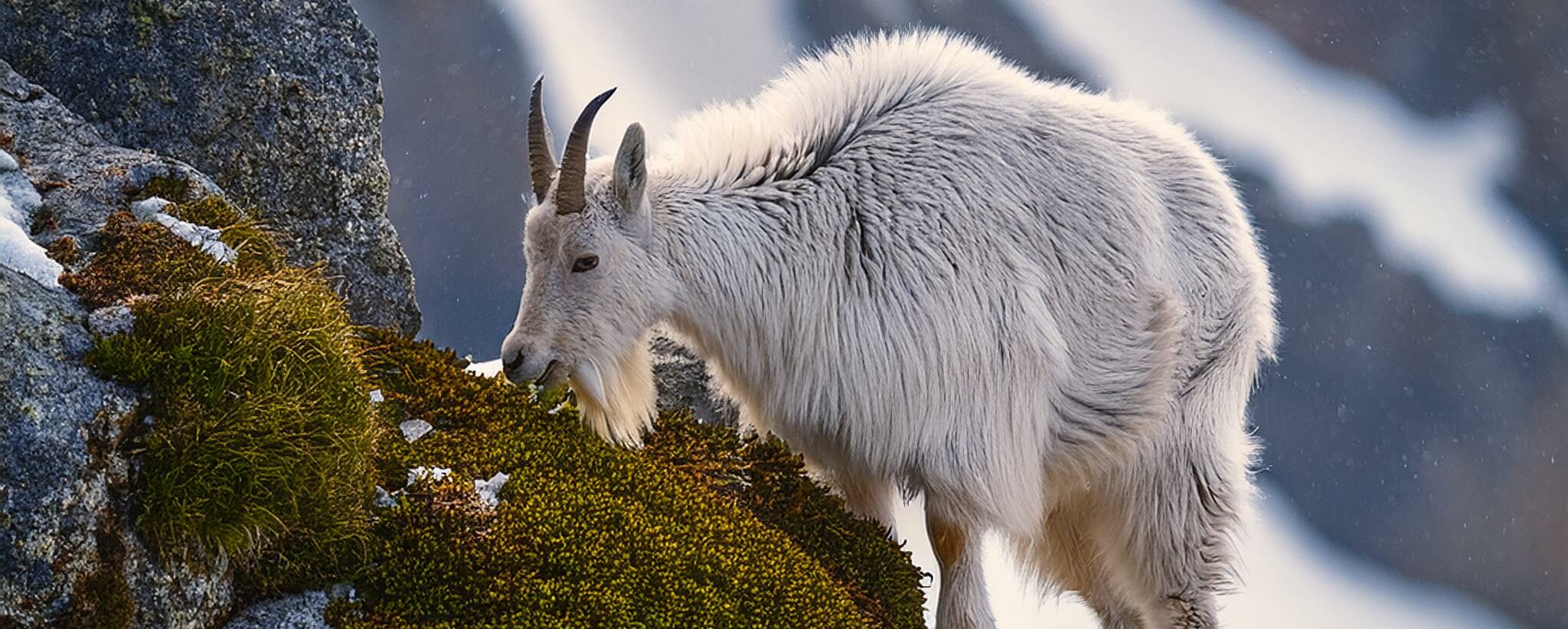Whitetail deer, those graceful creatures roaming our woods, have some pretty fascinating habits. They call diverse environments home – from dense forests to open fields. These deer are the ultimate adaptability champions, thriving where food and cover come together just right. But what’s life really like for them on the daily?
One of the first things to grasp is their internal clock. Whitetails aren’t lounging around all day. Their activity isn’t random; it’s a routine shaped by years of survival instincts. Usually, dawn and dusk see them on their feet, moving about. During these twilight hours, they’re on the lookout for food, making full use of low light to dodge predators and find a meal. The rest of the day is more about rest and digestion, often tucked safely away in thick cover.
Seasons play a game-changing role in their daily goings-on. In summer, when food is aplenty, they can be a bit more laid-back with their routines, munching on green shoots and leafy greens. But once the crisp air of fall hits, it’s prep time for winter. This means longer feeding sessions to store up some serious fat reserves. Snow blanketing the ground? That doesn’t work in their favor, so their diet might switch to whatever’s available, like twigs or bark.
Whitetail deer are opportunistic feeders, making them pretty flexible with their diet. This collection of critters will munch on leaves, fruits, and even crops when they venture close to civilization. Their food choices vary with geography and season, making every herd’s diet a bit unique. But winding down in their comfort zone, munching on native plants, that’s the dream scenario for a healthy herd. Say, if you’re planting some new greens, keep in mind they might just become dinner for your deer neighbors.
The Intricacies of Mating Season: Whitetails in the Rut
When fall rolls around, something exciting happens in the world of whitetail deer: the rut. This is the mating season, and it’s kind of a big deal for these animals. You can feel the energy shift as bucks start prepping for the most vital event of the year.
Before the rut officially kicks off, bucks undergo changes that are hard to miss. They’re suddenly sporting a shiny new set of antlers, polished and ready for action. These aren’t just for show—they’re weapons and tools for impressing females and facing off rivals. With testosterone surging, bucks roam further and engage in sparring matches for supremacy.

During the rut, behavioral shifts in bucks are nothing short of dramatic. Normally cautious deer become kind of bold and less predictable. They might travel way out of their usual range, driven by the scent of a doe in heat. And yes, they get a bit edgy, sometimes sparking confrontations with other bucks over potential mates. This can lead to some dramatic shoving matches as they vie for the attention of females.
Of course, the does play a crucial role in this whole season. They unleash pheromones that signal when they’re ready to mate, setting the stage for courtship rituals. These rituals include everything from tending to teasing as bucks try to win over a mate. The does don’t make it too easy, which keeps the competition fierce and selective breeding in check.
The rut isn’t just about individual encounters; it impacts the whole herd dynamics. During this time, you might notice more movement and interaction among deer. This increased activity can be both an opportunity and a peril, as chasing leads them closer to predators and human environments. Understanding these movements can inform hunting strategies and land management practices, helping balance conservation with recreation.
Migration versus Home Range: Whitetail Movement Patterns
When thinking about how far whitetail deer travel, it really boils down to their environment and the seasons. Some deer are all about sticking close to home, others? Well, they’re ready to cover some serious ground when the time’s right.
Not every whitetail deer is a traveler. Many are homebodies, especially in areas abundant with resources all year round. They’ve got their cozy little territories where they know every nook and cranny, which helps them avoid predators and stay safe. These home ranges can change a bit based on food availability or pressures from hunters and expanding urban areas.
However, if you’re in an area where seasons really shift and food sources dwindle fast, migration might kick in. Some herds journey miles to find better grazing lands or safer spots from harsh weather. These treks aren’t random. Deer often follow familiar routes year after year, so you could say they know the way to their ‘snowbird spots’ better than some humans.

The landscape transforms how deer move. Dense forests provide cover, while open fields make them cautious, daring to cross only when necessary. Memory also plays a massive part. Deer remember paths, danger zones, and good foraging spots, which guides their movements across different terrains.
Migratory routes aren’t without risks. These shifts can put deer near roads or human dwellings, upping the odds of accidents or conflicts. Understanding their movement patterns helps with planning conservation efforts and reducing human-deer encounters, ensuring safe passage during these vital migrations.
Antler Growth and Shedding: A Cycle of Renewal
Antlers are a defining feature of bucks, growing anew each year in an amazing cycle. This process isn’t just about looking good. These impressive structures serve a crucial role in the life of a buck, impacting everything from survival to social status.
Antler growth starts in spring and continues through summer, thanks to a rush of hormones and plenty of nutritious browsing. What’s wild is how these things grow so fast, covered first in velvet that supplies blood and nutrients. By late summer, the antlers reach their peak and the velvet starts peeling away, revealing the smooth bone beneath.
Hormones rule this transformation, with testosterone stepping up the game as summer ends. This hormonal surge prompts bucks to rub their antlers against trees, not just to shed the velvet, but to strengthen their necks and mark their territory. It’s all about preparing for the challenges the rut season brings.
Eventually, the curtain falls on winter and it’s time to shed. The cycle shifts again as testosterone levels drop, causing the antlers to loosen and fall. This might seem like a setback, but it’s nature’s way of clearing the stage for a new, potentially stronger set to grow next spring.
In the world of whitetail, antlers aren’t just headgear. They influence pecking orders in herds, affect mate choices, and play a big part in daily deer drama. For hunters and wildlife enthusiasts, tracking the growth and shedding patterns offers insights into deer health and population management.
Below is a short, fun video about one of my favorite animals that thrive in the mountains of Idaho (where I live)…The Whitetail Deer:





